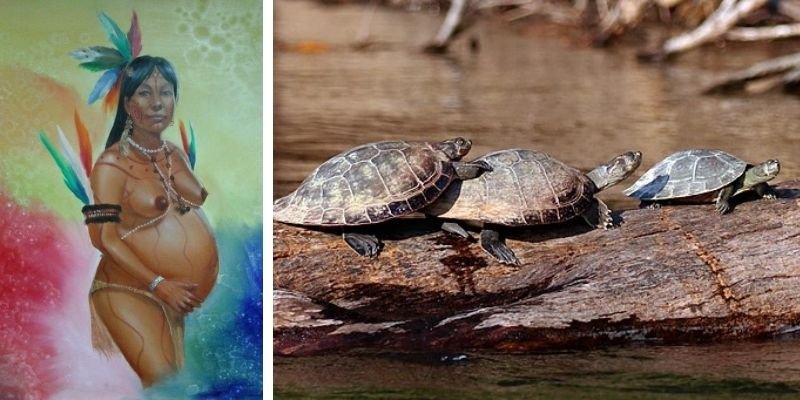
An old woman named Choima was married to a healer or shaman, whom she wanted to resemble.
To become a healer, she began to ingest tobacco, as witches do.
Then he went to the river.

There was a pregnant woman there who said to him:
“Paisana, what are you doing here, sleeping by the river?”
Choima replied:
“I want to be a tobacconist and be able to become something”.
The pregnant woman told him that she would help her if he would help her have her baby.
So, on the beach they dug a hole for the woman to have her child.
But the woman, instead of a child, gave birth to eggs.

Source: LHommeDuMonde / CC BY-SA
Choima, not knowing whether she was asleep or awake, went home.
When she arrived, her husband, the tobacco sorcerer, reproached her for the abuse:
“What did you do with my tobacco? I told you not to take it. You got engaged to a pregnant woman, and now you will own that woman called charaapa.”
And he cursed her.
Choima accepted the punishment, and now owns the charapa and the charaapashi plant, which is used to hunt the charapa.
Since then, the charapa turtle must dig a hole with its hind legs to lay about 150 eggs.
There they are incubated by the sun for about 45 days.
As each egg contains the genes of both sexes, the final sex of the hatchlings will depend on the temperature of the hatching hole or incubation chamber.
The eggs above, more exposed to the sun, will be females.
Those below, colder, will be males.
At hatching, the hatchlings remain there for another 30 days, feeding on the proteins in their yolk sac while their shells harden.
On a rainy and cool night, they leave the hole and jump into the river, amidst the voracity of predators of all kinds, especially birds.
Some indigenous groups, such as the Shipibo-Conibo, collect turtles and their eggs at the end of the emptying season.
They kill some for their meat, crush some eggs for fat, and take other turtles alive to raise them in their villages.

Sources:
- El Comercio, Lima, 15.08.1987;
- Masera, Pablo; Casanto, Enrique. 2011. Asháninca magic cuisine. Lima: USMP; Morin, Francoise. “Los Shipibo-Conibo”, in: Santos Granero, F.;
- Barclay, F. (eds). Ethnographic Guide to the Upper Amazon. Vol. III. Quito: IFEA-Smithsonian Tropical Research Institute.
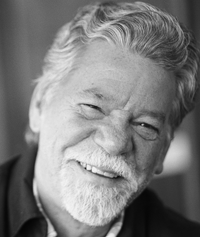
Dr. Rafael Cartay is a Venezuelan economist, historian, and writer best known for his extensive work in gastronomy, and has received the National Nutrition Award, Gourmand World Cookbook Award, Best Kitchen Dictionary, and The Great Gold Fork. He began his research on the Amazon in 2014 and lived in Iquitos during 2015, where he wrote The Peruvian Amazon Table (2016), the Dictionary of Food and Cuisine of the Amazon Basin (2020), and the online portal delAmazonas.com, of which he is co-founder and main writer. Books by Rafael Cartay can be found on Amazon.com
Related Posts
February 20, 2023
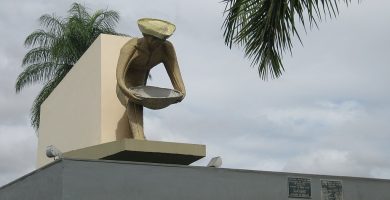
The Yanomami and the Garimpeiros
September 14, 2022
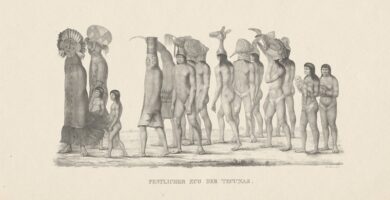
The silence of the indigenous people – Dying languages in the Brazilian Amazon
August 26, 2022

Cofán, an indigenous people between Colombia and Ecuador
August 16, 2022

Siquihua and lightning
June 30, 2022
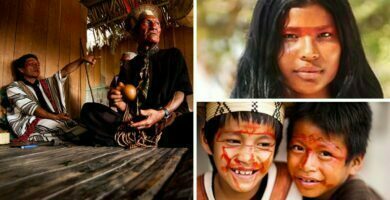
Asháninka – Amazon Rainforest People From Peru
June 8, 2022
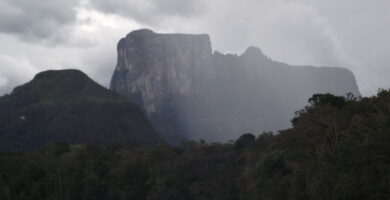
Destruction myths: the Universal Deluge in the Amazon Rainforest
May 28, 2022
Shiwiar – Amazon Rainforest People from Ecuador
May 21, 2022
Karitiana – Amazon Rainforest People from Brazil
May 14, 2022
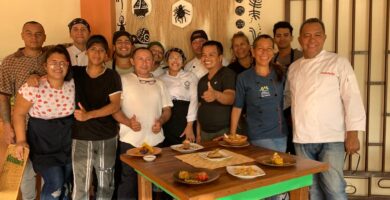
Chef Nelson Méndez, the shaman of Amazonian haute cuisine
This post is also available in:
![]() Español (Spanish)
Español (Spanish)
